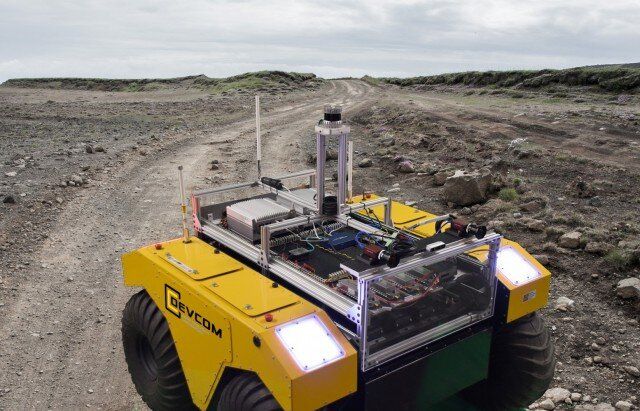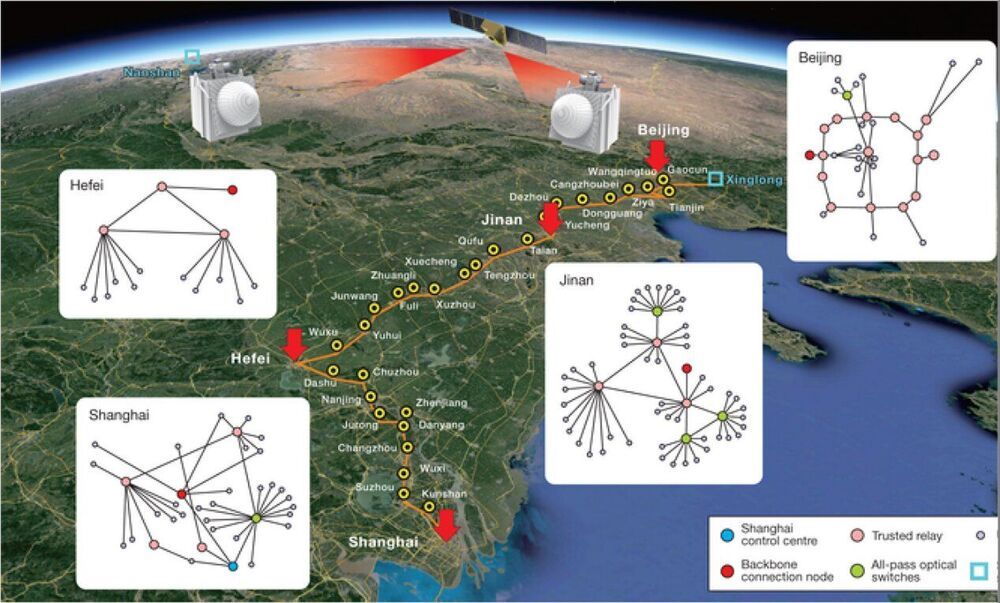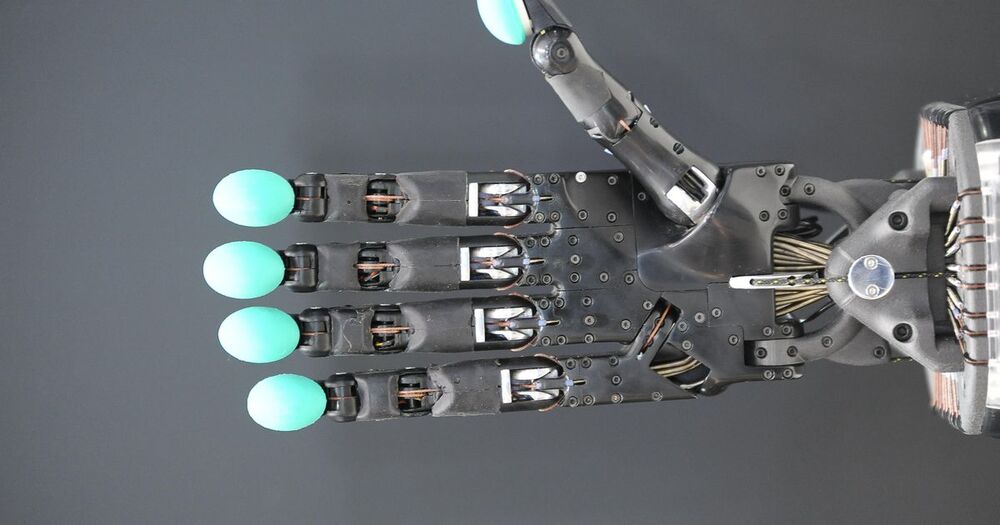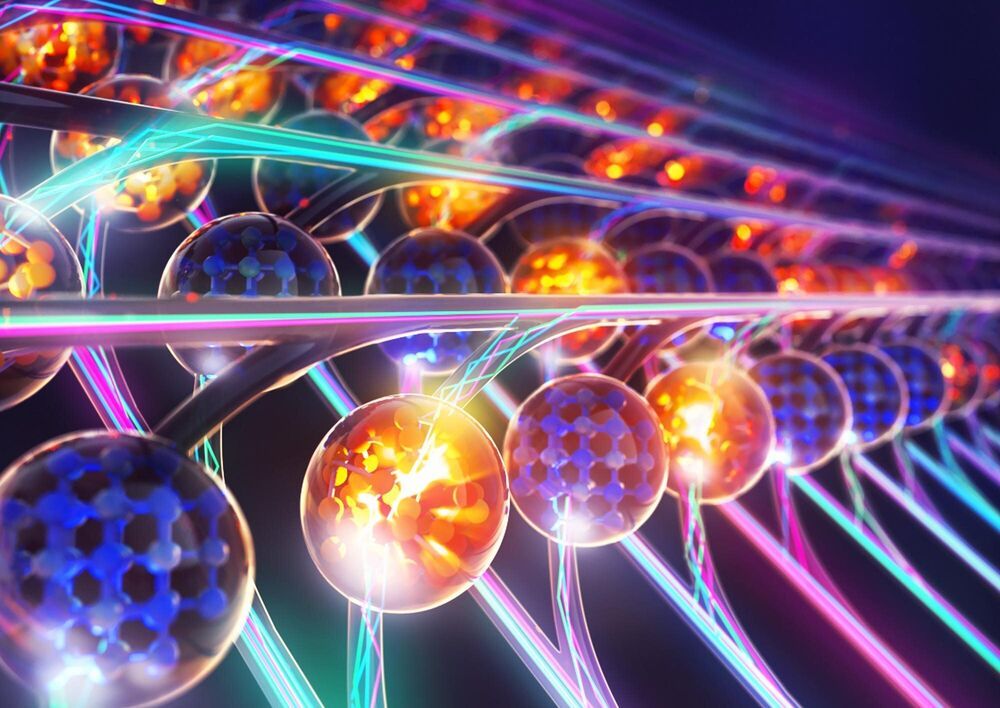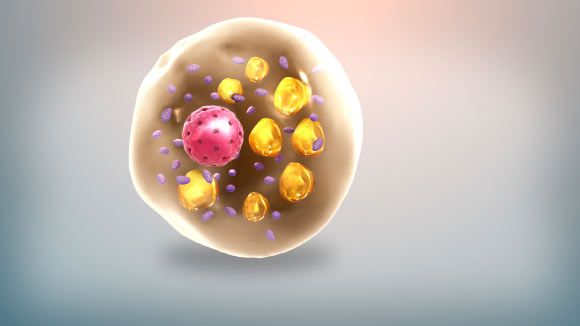Multi-domain operations, the Army’s future operating concept, requires autonomous agents with learning components to operate alongside the warfighter. New Army research reduces the unpredictability of current training reinforcement learning policies so that they are more practically applicable to physical systems, especially ground robots.
These learning components will permit autonomous agents to reason and adapt to changing battlefield conditions, said Army researcher Dr. Alec Koppel from the U.S. Army Combat Capabilities Development Command, now known as DEVCOM, Army Research Laboratory.
The underlying adaptation and re-planning mechanism consists of reinforcement learning-based policies. Making these policies efficiently obtainable is critical to making the MDO operating concept a reality, he said.
